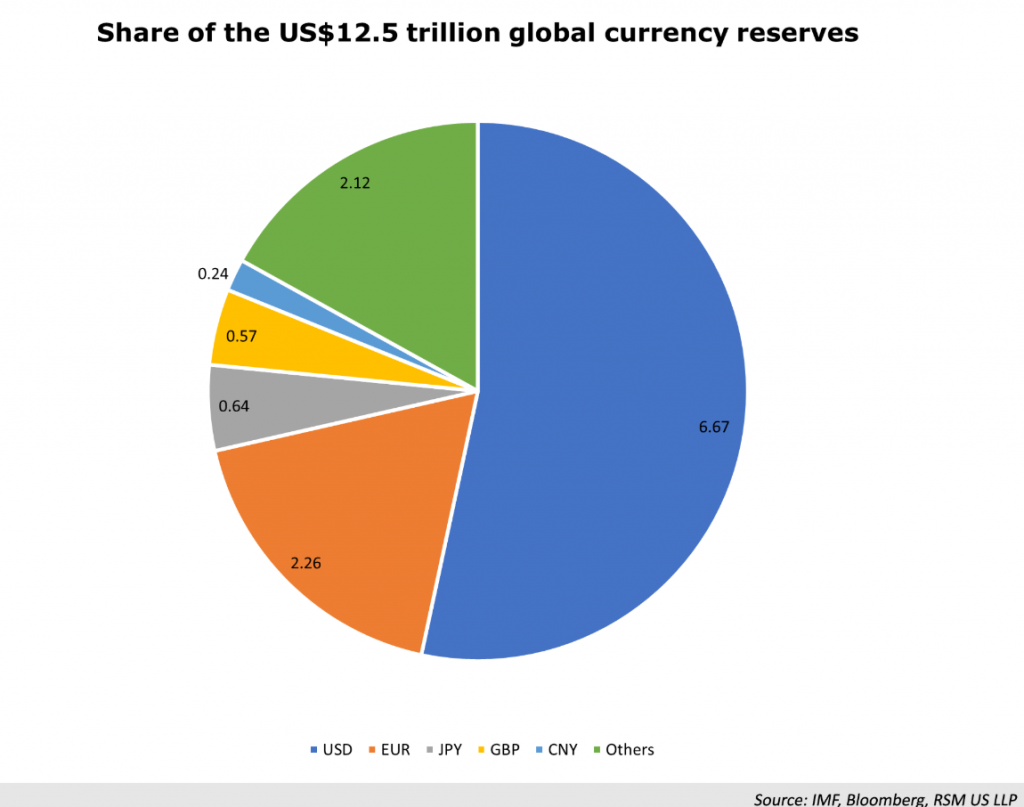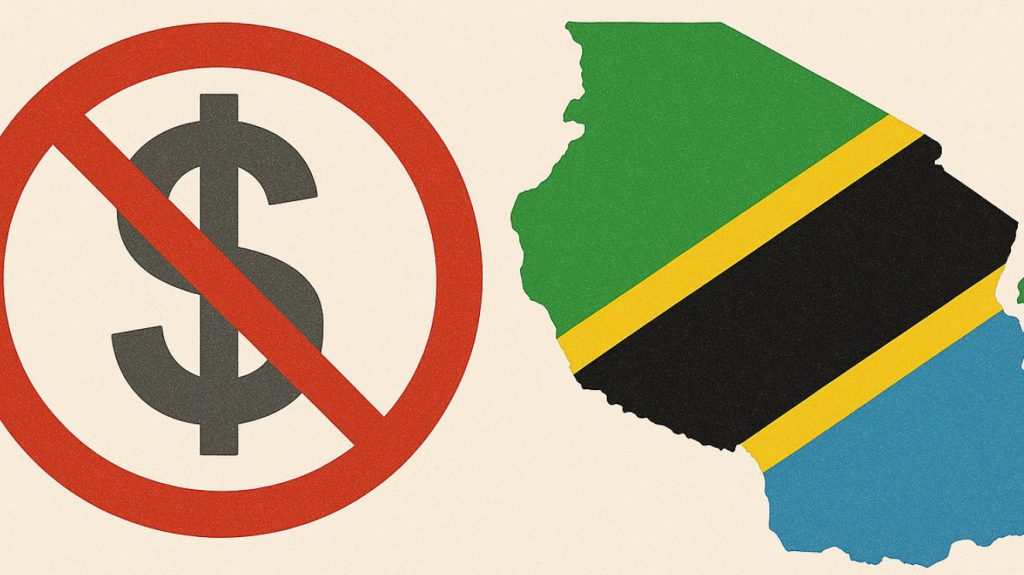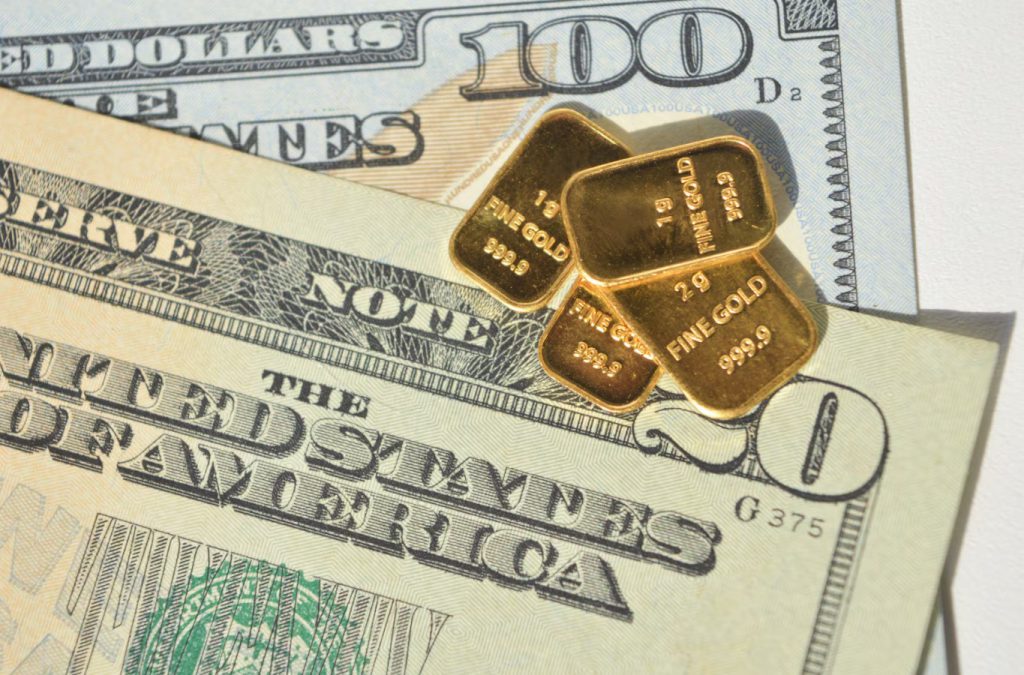De-dollarization efforts across Africa are accelerating right now as nations implement local currency policies, and also pursue BRICS currency alternatives, while embracing gold as an important strategic reserve asset. This currency substitution movement represents Africa’s push for monetary sovereignty, with countries like Tanzania leading policy changes and cryptocurrency adoption providing additional de-dollarization pathways.

Also Read: De-Dollarization: Wall Street Dumps $59B as FMAS:25 & Russia Act
BRICS Currency, Local Moves & Gold’s Power in De-Dollarization
Tanzania’s De-Dollarization Policy Shift


Tanzania’s de-dollarization strategy requires all domestic spending by foreigners to be conducted in Tanzanian shillings. Johnson Nyella, Principal Secretary for the Ministry of Finance, had this to say:
“This applies to local hotel stays, park fees, local transport and any other on-the-ground services consumed by tourists while in the country.”
The Bank of Tanzania also stated:
“Reliance on foreign currencies, including the US dollar, for domestic transactions has weakened the Tanzanian shilling while persistent shortages in foreign currency have disrupted international trade and increased the cost of imports.”
BRICS Currency and African Integration


The BRICS currency movement supports Africa’s moving away from the greenback through the Pan-African Payment and Settlement System (PAPSS). PAPSS CEO Mike Ogbalu stated:
“Ethiopian Airlines could sell naira-denominated tickets in Nigeria, which could then exchange its naira revenue with a Nigerian company operating in Ethiopia using the birr without making dollar conversions.”
This currency substitution mechanism eliminates dollar dependency in intra-African trade, and strengthens regional monetary cooperation while reducing transaction costs for businesses across the continent.
Gold’s Role in De-Dollarization Strategy


At the time of writing, gold prices have surged beyond $3,400 per ounce, which represents a 50% year-over-year increase as central banks accelerate de-dollarization through precious metal accumulation. China’s gold reserves reached 2,279.6 tonnes by 2024, and Russia and China account for half of global central bank gold purchases over two decades.
Cryptocurrency adoption supports all efforts to get rid of the USD, providing digital alternatives to dollar-dominated payment systems and enabling cross-border transactions without SWIFT dependence.
Also Read: Standard Chartered: De-Dollarization Overblown, Dollar Down 10% by 2026





